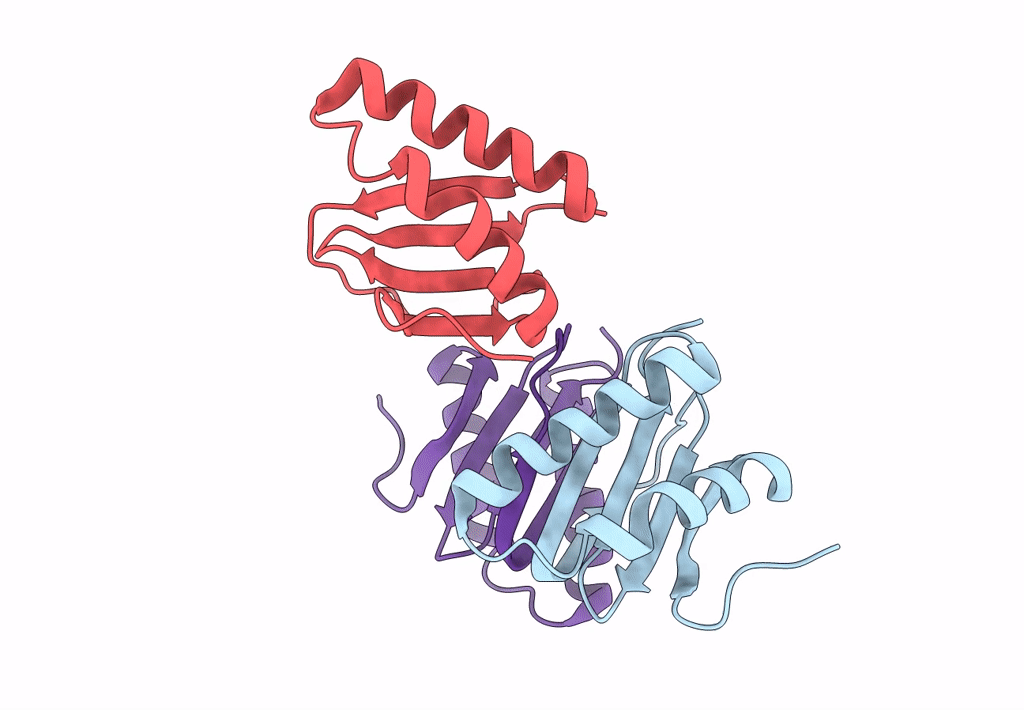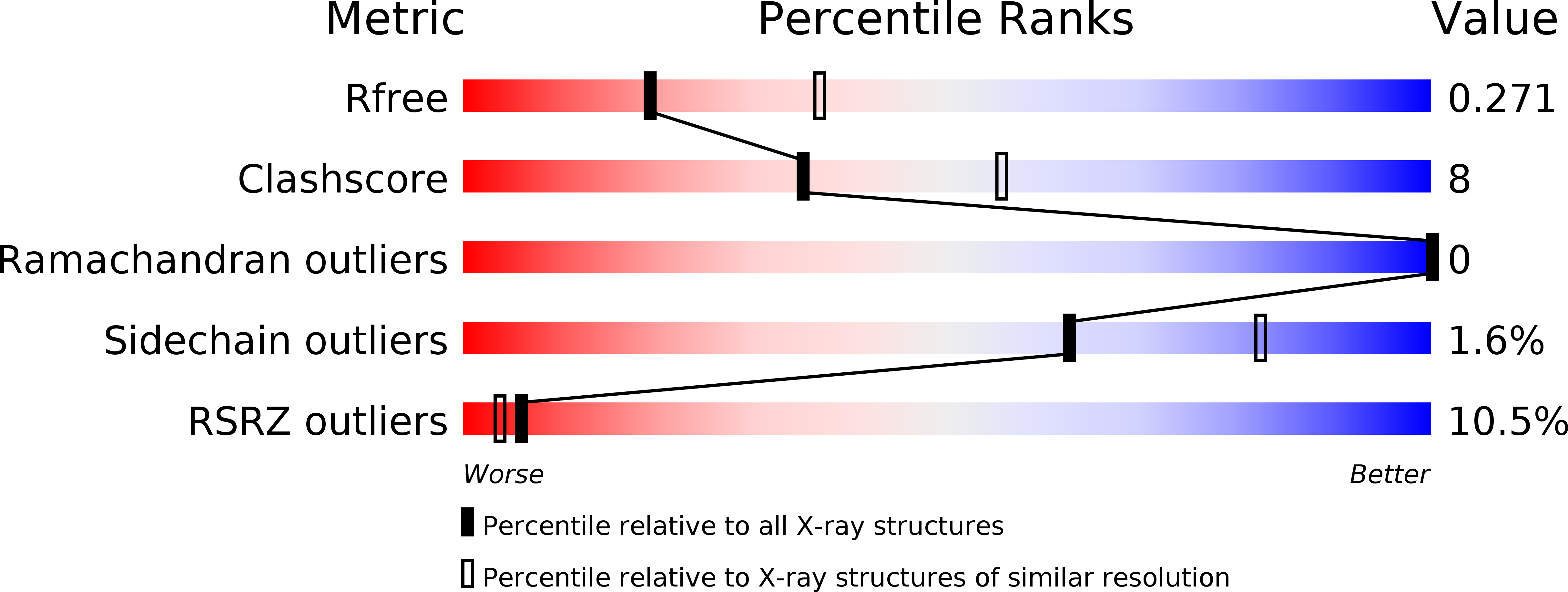
Deposition Date
2017-01-31
Release Date
2017-08-30
Last Version Date
2024-04-03
Entry Detail
PDB ID:
5X2D
Keywords:
Title:
Crystal structure of DLC like domain of CsTAL3 (83-177aa)
Biological Source:
Source Organism:
Clonorchis sinensis (Taxon ID: 79923)
Host Organism:
Method Details:
Experimental Method:
Resolution:
2.60 Å
R-Value Free:
0.26
R-Value Work:
0.22
R-Value Observed:
0.22
Space Group:
C 2 2 21


